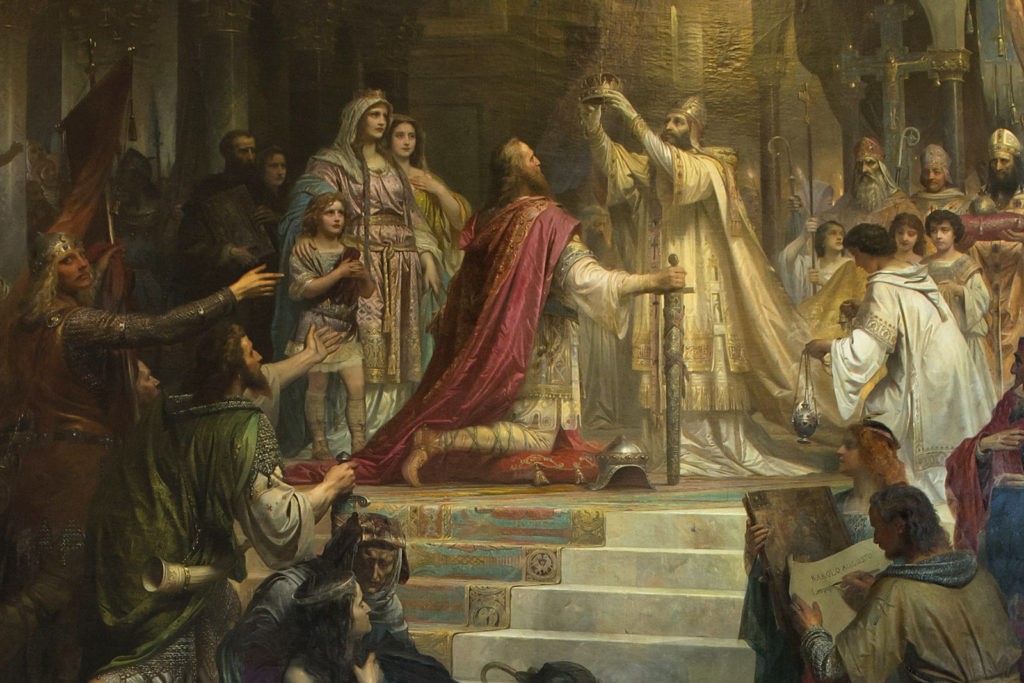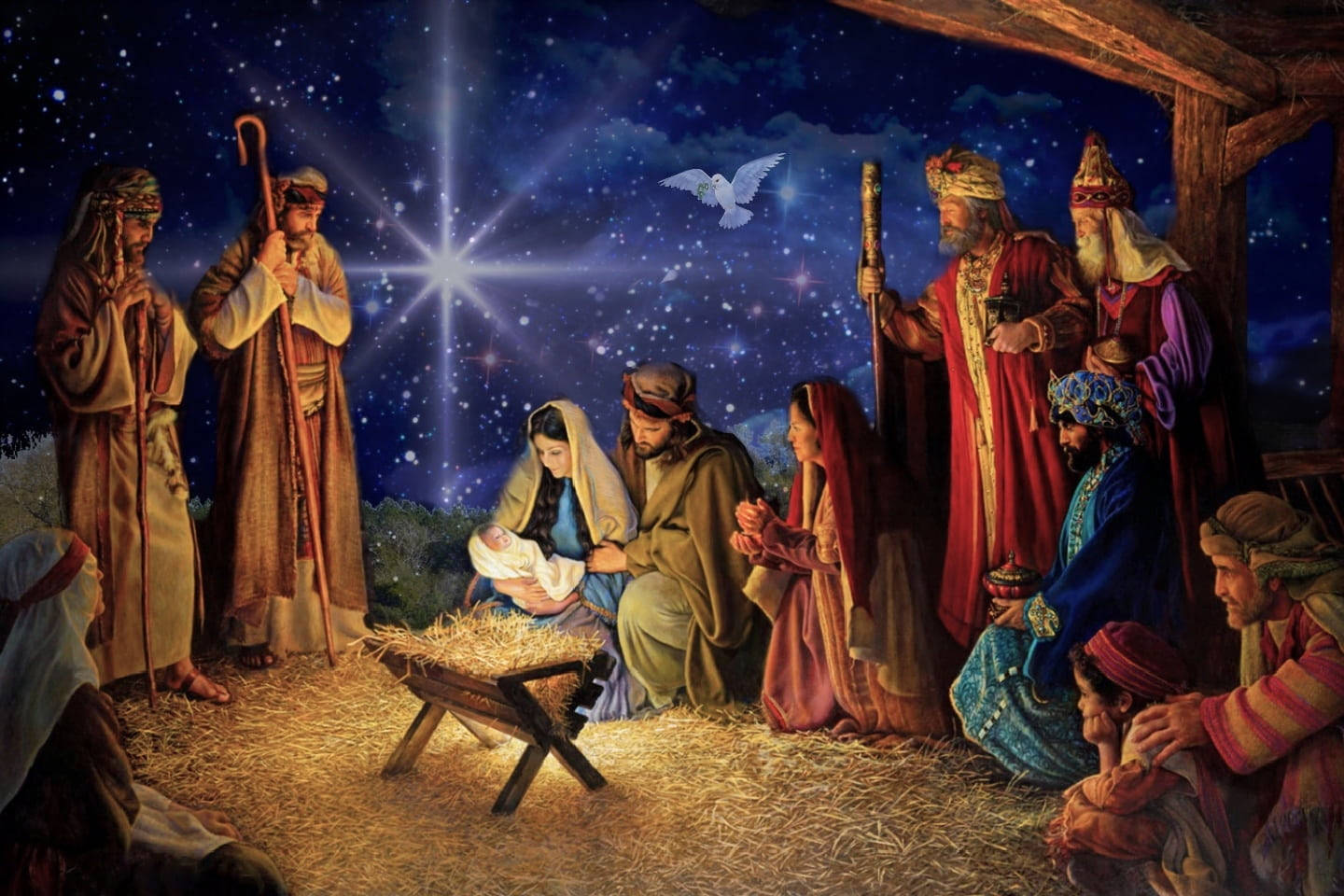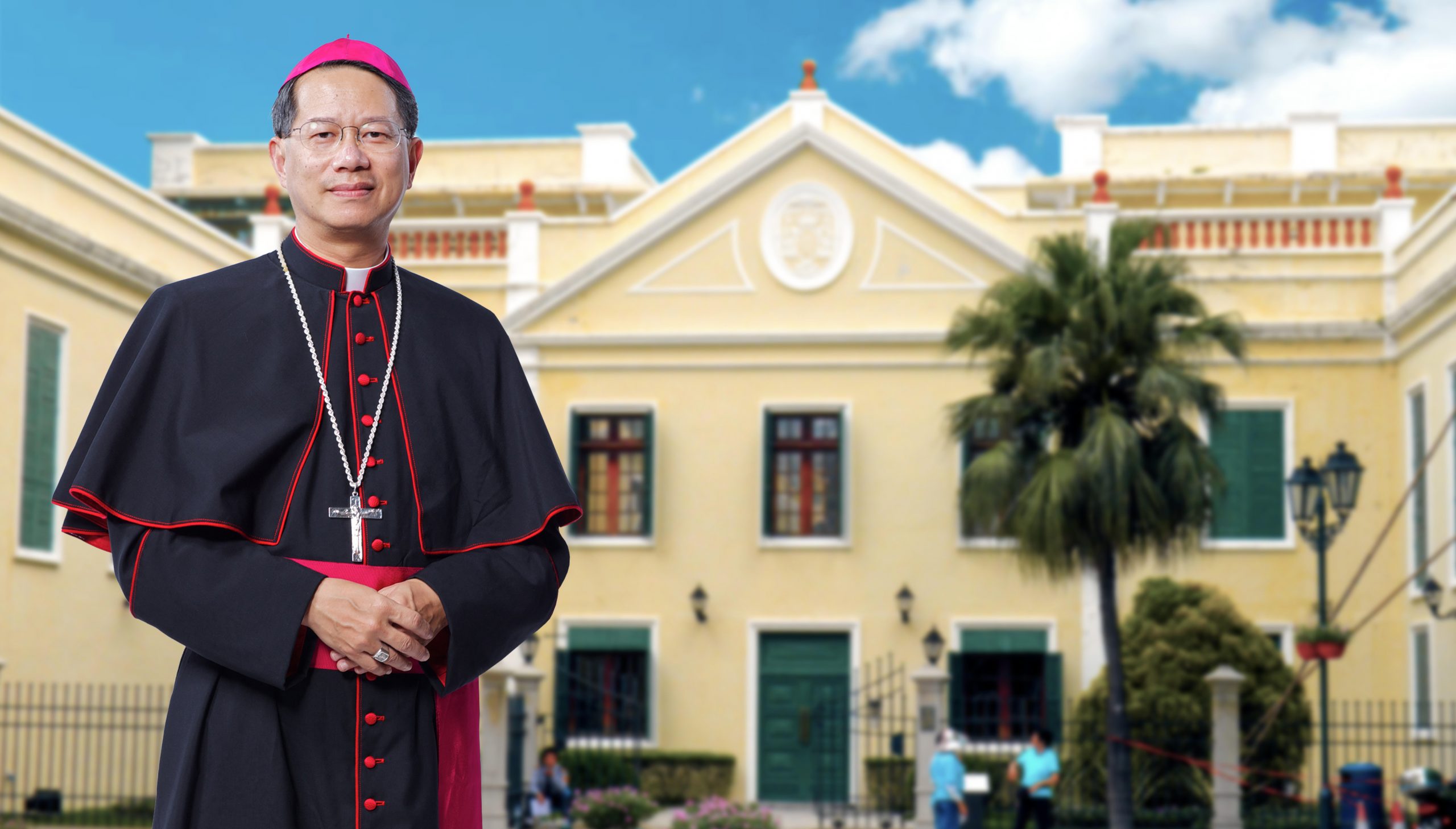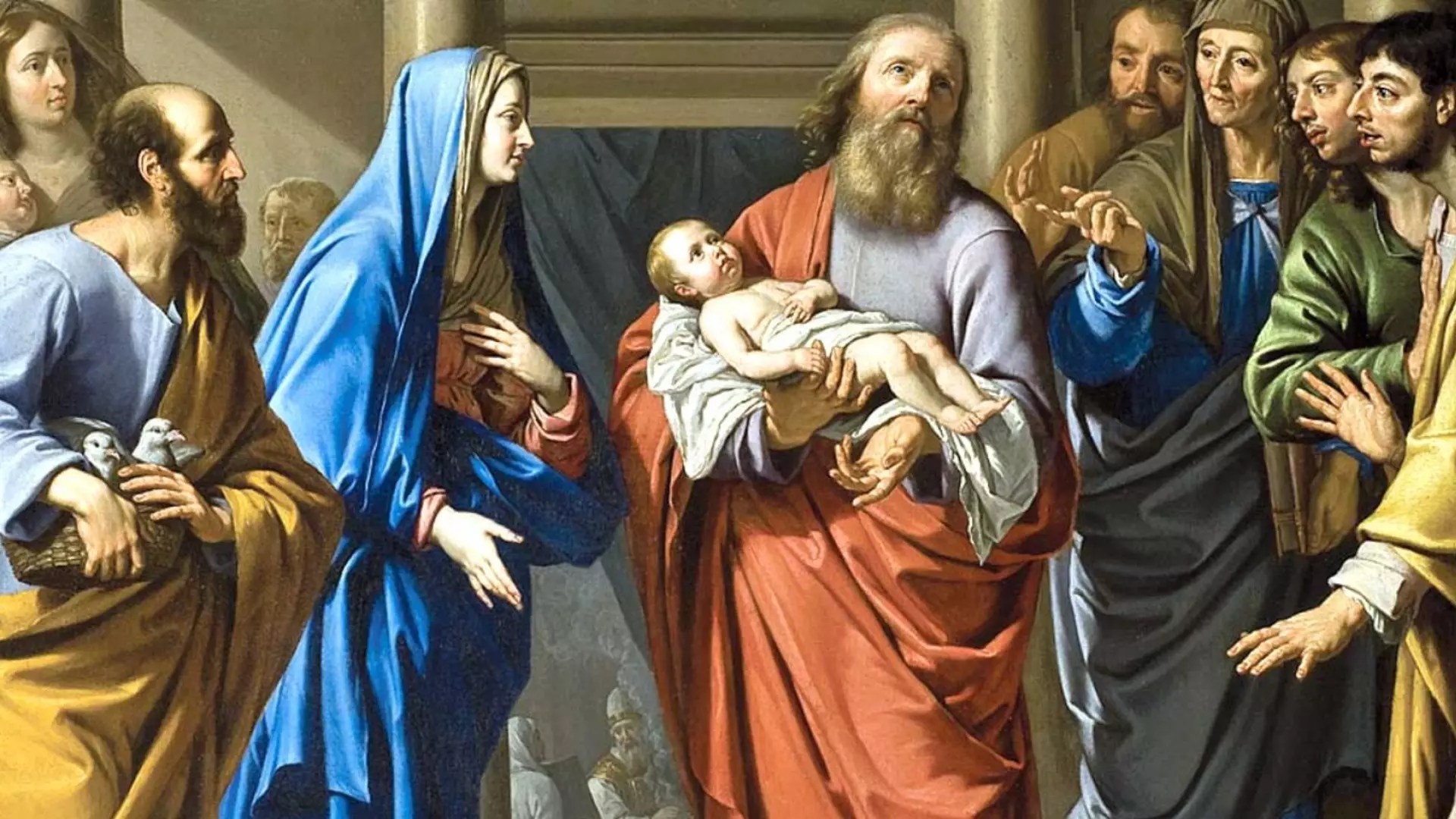– Joni Cheng
The proof from A.D. 600 – 1050 is often called “the rise of Christendom,” a union of church and state, that was attributed most powerfully and most correctly to Charlemagne or Charles the Great, the Frankish king Pepin III, who ruled for three decades from 771 to 814 A.D. into the early ninth century.
Charlemagne was crowned emperor by Pope Leo II on Christmas Day in 800 A.D. and was a great warrior king who looked upon himself as a new Constantine, his goal being to conquer all of Central Europe in the name of Christ and His Church, restoring the strength and the glory of the old Roman Empire. His new Empire was a universal Christian Monarchy that was one society of two aspects: the Emperor as the temporal chief of Christendom and the Roman Pontiff as the spiritual chief of Christendom.
Though barely literate himself, Charlemagne had a vision for the establishment of a Christian society throughout Europe with education. He held learning in high esteem and he had a great desire for the education of his people.
This period was known as the Carolingian Renaissance. It was a period of art and scholarship. He had established three kinds of schools for all walks of life because he believed that higher education was not only a privilege of the nobility or the clergy, but open to all. This also contributed to the preservation of many writings of the ancient world where the monasteries that served as teaching centers became “culture banks.”
Hence, Christendom not only insured the pope protection but also retained Catholicism’s ancient cultural legacy. It also ensured that the Christian faith would be spread throughout the empire.
Yet, the Christendom of the emperor led to another problem that is the influence and involvement of the emperor in spiritual matters. For example, one of the key issues was the appointment of bishops and clergy. Charlemagne and other powerful rulers would appoint the pastors of the churches on their estates without passing through a canonical procedure. This is known as lay investiture. So, although the system made the Church rich and powerful, it also enslaved her, which also led to clerical immorality and corruption, that even involved the pope, i.e. Pope John XII, a pope in the middle of the tenth century.
After Charlemagne’s death in 814 A.D., the empire was divided between his sons. Europe, without a strong unifying force, became divided into warring factions which led to a social breakdown. The Church was drawn into the feudal organization by force of this circumstance. Western Europe lapsed into the “Dark Ages” or the age of Feudalism. By the 900s, there was an increasing social and political and even spiritual weakening or disintegration. (Image: The Coronation of Charlemagne by Friedrich Kaulbach, c. 1861)


 Follow
Follow


